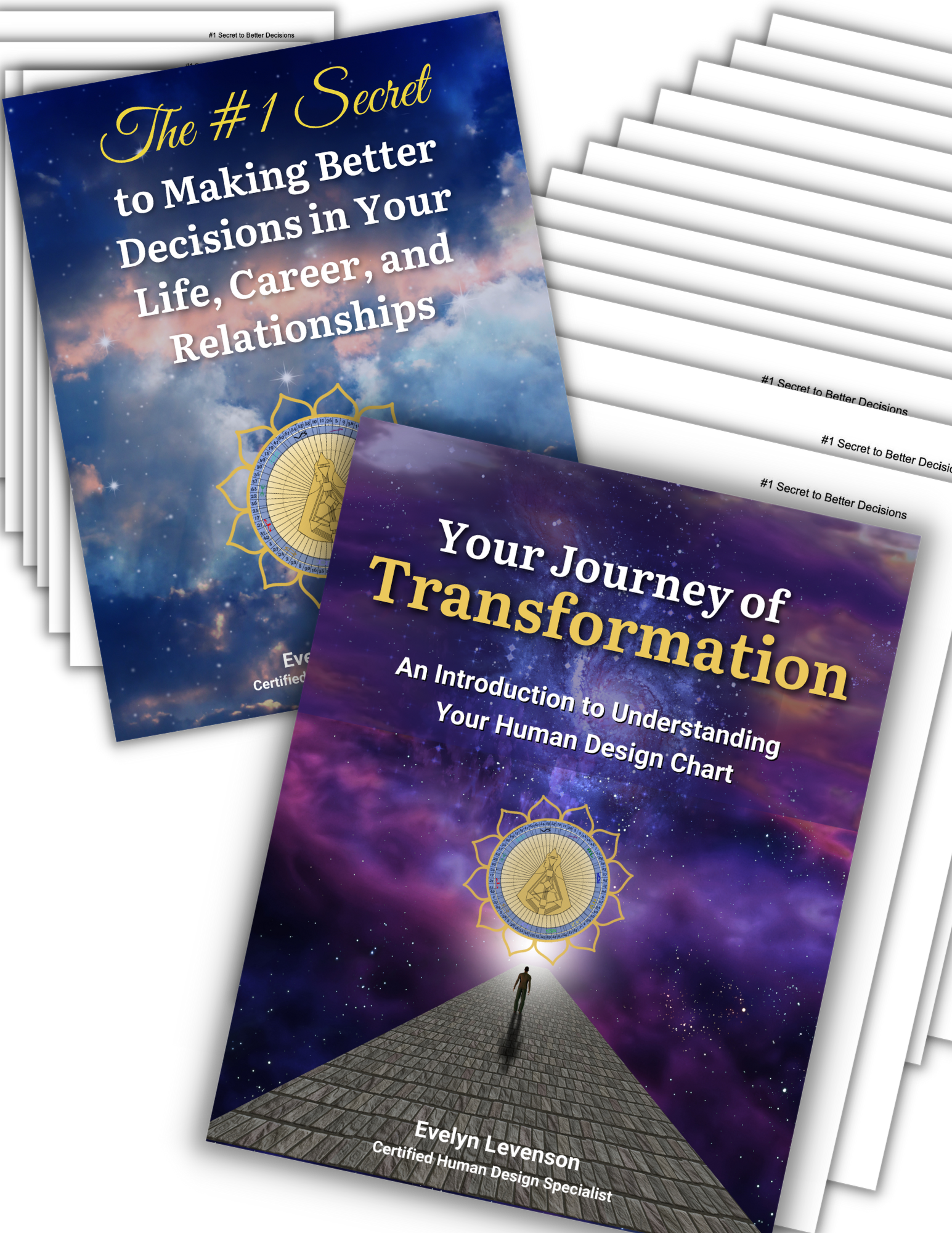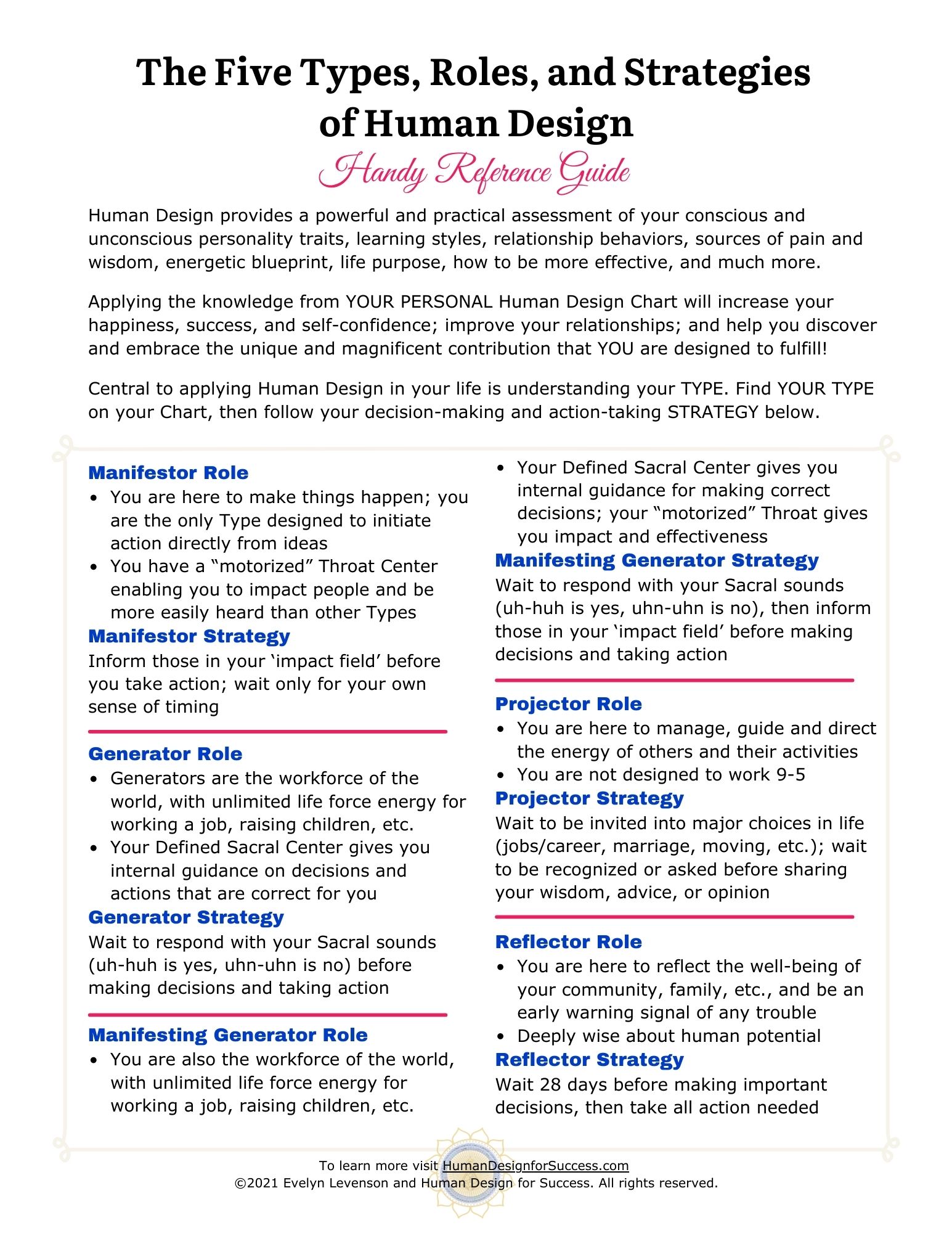Here’s a great example of how someone can feel “pressure” from the specific combination of energies in their Human Design chart. One of my clients is a 5/1 Projector with only two Defined (colored in) Centers—the Ajna and Throat.
This means that her top Energy Center—the Head (triangle)—and her bottom Energy Center—the Root (square)—are both Open, so they are white on her chart. Both are considered “pressure centers” when Open, so she will often feel pressure to figure things out and make plans (from the Open Head) and pressure to physically get things done (from the Open Root).
In addition, Gate 31 (the energy for influence and democratic leadership) is activated by her conscious Sun. So a primary aspect of her personality and of the energy she broadcasts to the world is her impulse and natural tendency to lead others (though she may not know which role to play because she does not have the other half of that channel defined, the Gate 7). If she’s not leading or influencing in some way, her Open Head and Root will feel to her like “pressure to lead.”
She also carries the Gate 1 (the energy for individual creative self-expression) which wants to make a contribution through uniqueness. Her Gate 1 is activated by Saturn, both conscious and unconscious, which means that when she’s not on her “path” she will feel stifled creatively and feel even more pressure to express herself.
Plus, she carries the Gate 11 (the energy for a constant stream of ideas) in both her conscious and unconscious North Node—which are her life themes from age 40 onward. And she has the other half of that channel—the Gate 56—which gives her the design of a seeker, always searching, always trying to stimulate others with her ideas. You’re beginning to see how all of these energies could easily combine to lead this person into feeling tremendous pressure.
In fact, during her Reading, she described feeling “incapacitated by the pressure and drive to find and make a contribution” and to find what she’s “supposed” to be doing. She said she often feels (especially now that her children are grown and gone) that she can’t do anything else until she finds “it.” She has to force herself to stop and take care of day-to-day things.
On the positive side, here is what’s possible for her. As she gets better at handling her Open Center energies, she’ll be able to recognize the “pressure” from them and not be driven by it. She’ll be able to use her ideas, her seeking, her creative self-expression and her leadership in constructive and satisfying ways, rather than feeling pushed (and almost punished) by them. The best opportunities for her will come via specific and personal invitations… she is, after all, a Projector.


